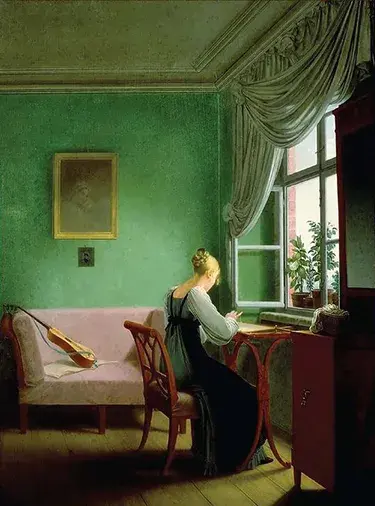When the Walls were Painted with Poison
- Adele Okolie
- Jun 20, 2024
- 2 min read
Updated: Jun 26, 2024
It was a verdant, ferny hue — hint of forest, flash of emerald — a vegetal contrast to the foggy mists and factory-smudged skies of England at the pitch of the Industrial Revolution.
Sources: WebMd - Anndee Hotchman

The color — Scheele’s Green, named for the Swedish chemist who invented it in 1778 — was everywhere in Victorian England, from the walls of Buckingham Palace to the factories where child laborers painted the leaves of fake foliage. The hue showed up in paint and book-bindings, in candy and cake decorations, in clothing and children’s toys. The vibrant shade was the Brits’ “it” color of the 19th century. It was everywhere. And it was deadly.
Scheele’s Green was made with arsenic. Victorian-era physicians prescribed arsenic to treat fever, asthma, and eczema. Today, arsenic trioxide is an effective chemotherapeutic drug for acute promyelocytic leukemia.
For centuries, people knew that arsenic had a toxic — even lethal — potency. It was sometimes called “the king of poisons and the poison of kings” arsenic became a popular way to discreetly dispose of royal rivals.
As early as 1839, a German chemist warned his countrymen that damp rooms swathed in the alluring Scheele’s Green could produce a toxic acid within the walls.
By the time the British government got around to regulating arsenic in food in 1903 (they never officially banned it in household goods), the public had already backed away from products tainted by the chemical.
Manufacturers developed safer dyes, though even today’s commercial greens are less than perfectly ecological; they’re made with chlorine, which can’t be recycled or composted safely. The thirst to mimic nature’s fecund palette, to conjure an Edenic green, to bring the outside in, remains unquenchable … and problematic.
Even today, many building materials are made from toxic chemicals that could affect your health.
Worried about how your home could be affecting your health?
Call 518-734-6700 to speak with Liz about the possible threats, or book your free Q+A call below:
